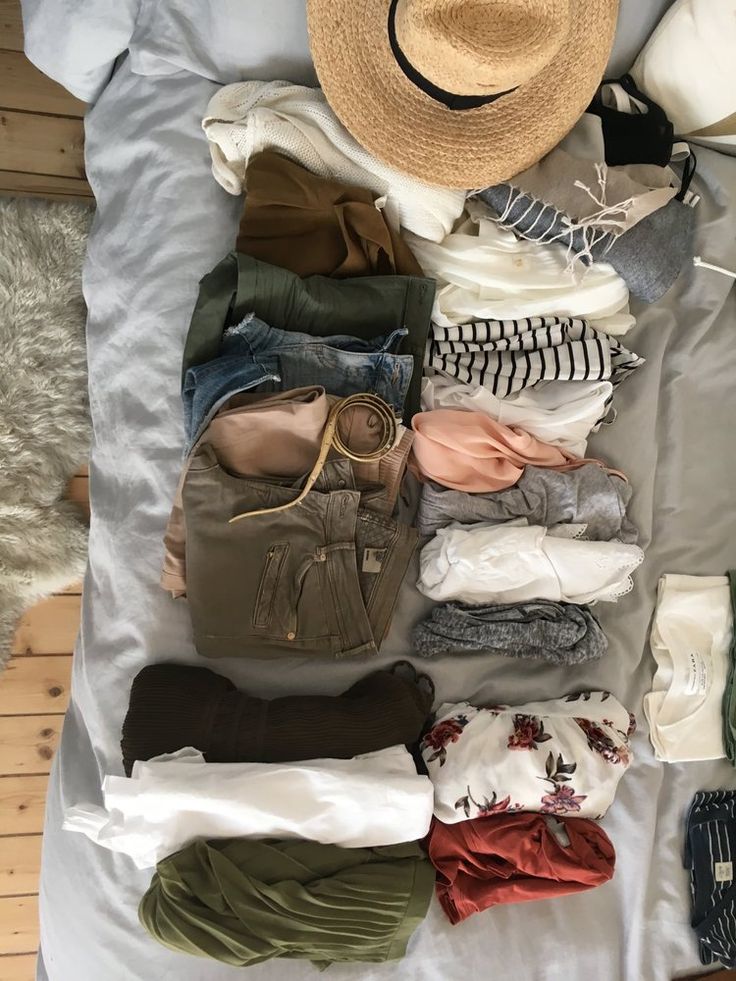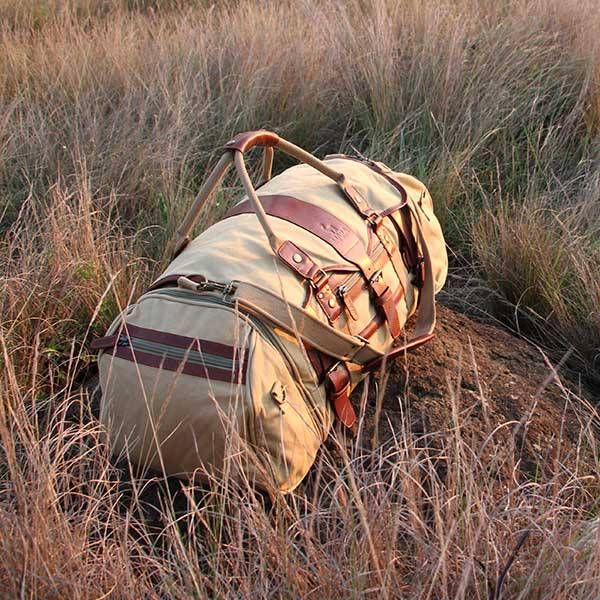What Should I Pack for an East African Safari? Planning your East African safari goes beyond booking; packing wisely is essential for a smooth adventure.
Table of Contents
Introduction
Whether on a safari in Tanzania savannas or trekking with mountain gorillas in Uganda, you need a specific packing list. This guide addresses your key packing questions, tailored for different seasons and activities across East Africa. Be prepared for an unforgettable experience.
Why Is Packing for a Safari Different from Other Trips?
When heading on a safari, the packing process is unique. Unlike standard vacations, safaris in East Africa involve various activities, from game drives to challenging hikes. Pack for comfort, safety, and versatility, considering seasonal changes and varying landscapes. Tailor your packing list to match your planned activities and expected weather conditions.
What Should I Pack for a Summer Safari in East Africa?
Summer safaris in East Africa are thrilling, but the weather can be hot and dry in many regions. The summer months (June through September) coincide with the dry season, ideal for wildlife viewing.
Here is what to pack for a safari during this season:
- Lightweight, breathable clothing: Think long-sleeve shirts and pants to protect from the sun and insects.
- Sun protection: Do not forget a wide-brimmed hat, sunglasses, and high-SPF sunscreen.
- Comfortable shoes: Choose products built to last! Closed-toe shoes for game drives and hikes.

What Gear Do I Need for Gorilla Trekking in Uganda and Rwanda?
Gorilla trekking is a top experience in East Africa. To enjoy it fully, equip yourself with the ideal gear to enhance your comfort while exploring the enchanting depths of the dense rainforests!
- Sturdy hiking boots: Essential for navigating muddy, uneven terrain.
- Waterproof clothing: Conditions can be wet, and packing light is the key to a stress-free trip, allowing you to move freely and enjoy every moment. A waterproof jacket is essential.
- Gloves and long pants: To protect your arms and legs from thorns, nettles, and other potential hazards.
How Do I Prepare for a Winter Safari in Tanzania and Kenya?
Winter in East Africa (from December to February) means cooler temperatures in the mornings and evenings, while the days can still be warm. Here is how to prepare for a winter safari in regions like Tanzania and Kenya:
- Layered clothing: Choose layers that you can easily add or remove for ultimate comfort, as the temperature can vary dramatically throughout the day.
- Warm jackets for mornings and evenings: Essential for early game drives when temperatures can dip.
- Comfortable, lightweight clothing for the day: Expect warmer conditions as the sun rises.
What Are the Best Clothing and Accessories for East African Safaris?
Whether on a game drive or a walking safari, the clothing and accessories make all the difference in your comfort. Here is a quick rundown of essential items:
- Neutral colors: Earthy tones like khaki, olive, and beige are ideal for blending in with the environment.
- UV-protective gear: Look for clothing with built-in sun protection for long days under the sun.
- Binoculars and camera gear: Do not forget your camera for wildlife photography, along with accessories like extra batteries and memory cards.

Should I Pack Lightweight or Warm Clothes for Safari?
Packing light is always a goal and essential to plan for varying temperatures. For a safari, here is a balance you should strike:
- Lightweight clothing for day safaris in the sun.
- Warm clothing for early mornings or evenings when temperatures drop.
How Can I Pack Light for a Safari Without Compromising on Essentials?
Safari packing does not mean stuffing everything you own into your suitcase. Here is how to pack efficiently without missing anything vital:
- Versatile clothing: Choose items that can be layered and used in multiple outfits.
- Minimal but essential gear: Bring what you will use—camera gear, a lightweight first-aid kit, and any personal items.
- Compact and lightweight bags: Opt for a small, sturdy backpack for game drives and safaris.
How Do I Protect My Electronics on Safari?
Your electronics, from cameras to smartphones, are crucial for capturing memories.
- Waterproof cases: Essential for protecting your electronics during unpredictable weather or while on a game drive.
- Portable chargers: Safari lodges may not have power outlets at all times, so a power bank can keep your devices charged.
- Dust-proof bags: Protect cameras and lenses from the dust and dirt of the African savanna.
What Are the Must-Have Items for Safari Tours and Outdoor Adventures?
For a successful safari and outdoor adventure, you need to pack items that will support you through the day activities, including game drives and hikes.
- Daypack: Ideal for carrying water, snacks, and a light jacket.
- Insect repellent: Essential for avoiding bites from mosquitoes and other bugs.
- Water bottle: Staying hydrated is key in the heat.
What Are the Best Footwear for a Safari in East Africa?
Choosing the right shoes can make or break your safari experience. Here is what you should look for:
- Sturdy hiking boots: These are necessary for any trekking or walking safaris.
- Comfortable sandals: Perfect for relaxing at the lodge after a long day.
- Waterproof shoes: An option for rainier regions like Uganda or Rwanda.
What Safety Precautions Should I Take When Packing for a Safari?
Safety is paramount during your safari.
- First-aid kit: Always have a basic first-aid kit, including any personal medications.
- Vaccinations and health information: Check with your doctor about necessary vaccinations and any health advisories for the area.
- Travel insurance: Have comprehensive travel insurance.
FAQ – Your Safari Packing Questions Answered
What should I pack for gorilla trekking in Uganda?
Sturdy hiking boots, long-sleeve shirts and pants, a rain jacket, and gloves are essential. Do not forget insect repellent and high-energy snacks for the hike.
Do I need a sleeping bag for my safari?
Generally, most safari camps and lodges provide bedding. A lightweight sleeping bag can be a good idea, especially in cooler months in case of those camping.
What camera gear is best for safaris?
A telephoto lens (200mm or higher) is ideal for wildlife photography. Bring extra batteries and memory cards, as you will want to capture every moment!
What is the best time of year to go on safari in East Africa?
The best time for safaris in East Africa is during the dry season (June to October and December to February). This period provides clear skies, good visibility, and increased wildlife sightings as animals gather around water sources. However, the shoulder seasons (March-May and September-October) also offer fewer crowds and lush landscapes.
Do I need special gear for gorilla trekking in Uganda?
Yes, for gorilla trekking in Uganda, you will need sturdy hiking boots, waterproof clothing, long-sleeve shirts and pants to protect against dense vegetation, a hat, gloves, and trekking poles to navigate steep and muddy trails. A waterproof backpack to protect your belongings.
What should I pack for a wet season safari in East Africa?
During the wet season (March to May and November), you will need waterproof clothing, quick-dry attire, waterproof footwear, a mosquito net, and anti-chafing products. Do not forget to pack a flashlight or headlamp for any nighttime activities.
How do I protect my camera during a safari in the rain?
Protect your camera using a weatherproof bag or a rain cover. Additionally, a lens cloth is handy for wiping off any water droplets that might accumulate on your camera lens during game drives or trekking.
What types of clothing for safari activities?
Opt for lightweight, breathable fabrics like cotton or moisture-wicking materials in neutral colors. Choose neutral colors like khaki, olive, or brown to blend into the environment. Avoid bright colors that may attract insects or disturb wildlife.
Is it safe to visit East Africa during the wet season?
Safaris during the wet season can be as safe as during the dry season. While some areas may be wet and more difficult to navigate, the low-season crowds and lush scenery provide a unique experience. Be prepared for occasional rain showers and pack accordingly.
What are the essential items to pack for a safari in East Africa?
Essential items for a safari include a passport and travel documents, sunscreen, insect repellent, sturdy footwear, lightweight clothing, a camera, binoculars, a hat, and a first-aid kit. Be sure to bring waterproof gear if visiting during the wet season.
Final Thoughts: Ready for Your East African Safari
Packing for an East African safari might seem overwhelming, but with this guide, be fully prepared for any season and adventure that comes your way. Whether embarking on a thrilling gorilla trek in Uganda or joining the Great Migration in Tanzania, a thoughtful, season-specific packing list ensures you get the most out of your safari.
Ready to plan your dream safari? Reach out to Agasaro Safaris. Our expert guides are here to assist you in every step of the journey—ensuring that your safari is one you will never forget.
